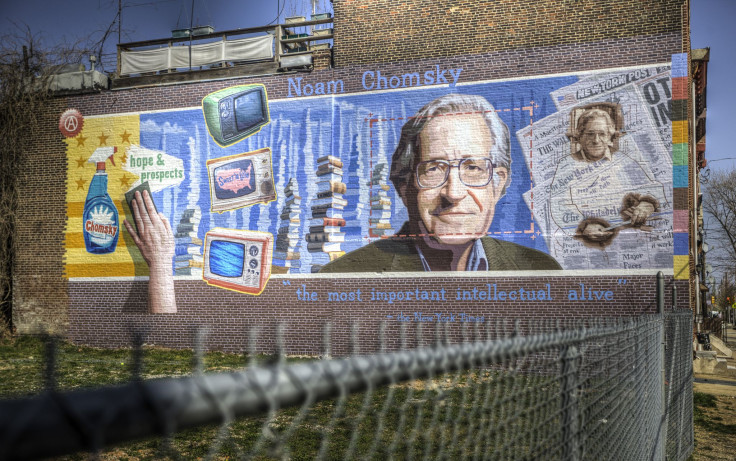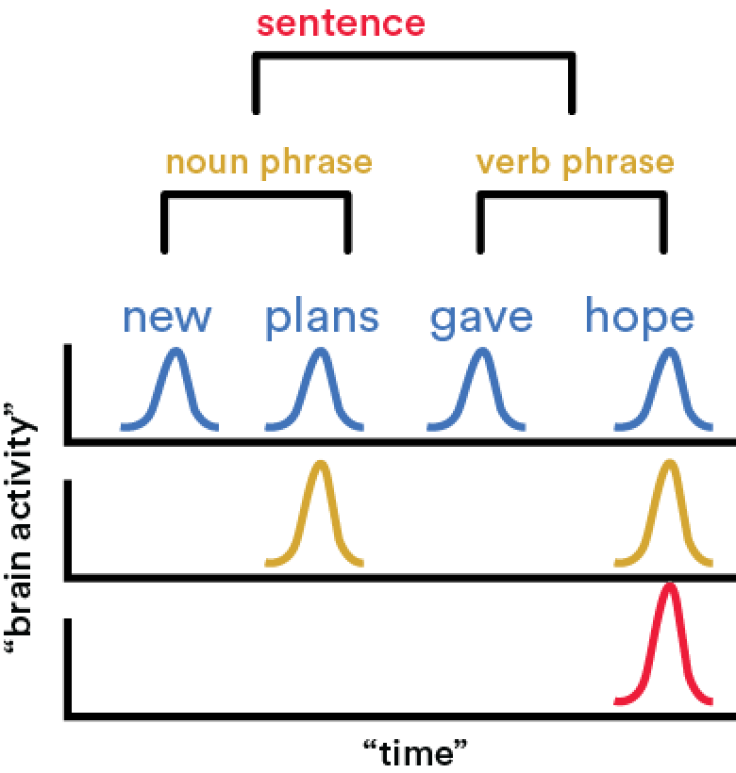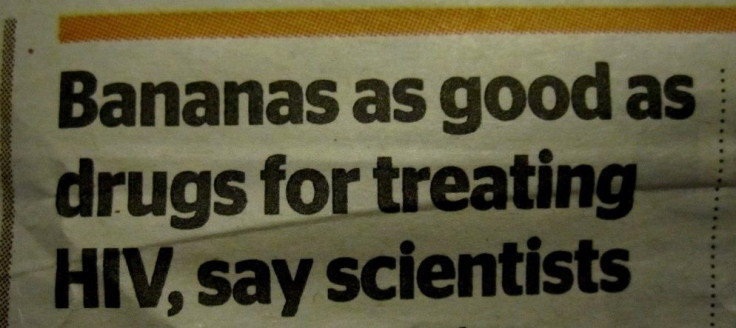No, Ding Et Al. Didn't Prove Noam Chomsky Right, But The Bigger Problem Is How Scientists Reach The Public

When science and journalism meet, it's a sort of "clash of the values." A journalist reporting on scientific research wants (1) to convey the data as clearly as possible and (2) to attract attention and be read. And, in many ways, scientists who do the research want the same. But when attempts to garner attention lead to misleading reporting, it's the general public who suffers.
On Dec. 7, Medical Daily covered the findings of a recent paper by Nina Ding and colleagues in the lab of Professor David Poeppel. This is what the article's headline and summary said about the findings:
"Noam Chomsky’s Theory Of Universal Grammar Is Right; It's Hardwired Into Our Brains: A new study presents compelling evidence to suggest Chomsky may have been right all along."
But, in my interpretation of the paper, Chomsky isn’t more right (or wrong) because of this data.
The Problem
In a blog post, and a follow up on my medium.com publication Superhero Neuroscience, I explained that what the paper shows is that, when reading a sentence like: “New plans gave hope” — one of the stimuli used in the paper — the brains of the participants did not just react to the words they heard, but also processed how the sentence is hierarchically organized. Crucially, that information is not present in stimulus itself. The brain went further than the words themselves and decided to treat “new plans” and “gave hope” as separate entities that, when put one after the other, indicated that “new plans” did something, namely giving hope.
Very schematically, the brain activity of the participants looked something like that:

Chomsky did talk of structure and hierarchy, but that’s not all.
Chomsky’s theory indeed does posit that language is hierarchical and that this structure governs how the words of a particular language are ordered, among other things. Hell, maybe he was even the first to make that claim. But Chomsky has very specific and restrictive views about language:
- He claims that the stimulus itself is not enough to guarantee successful language acquisition (aka the poverty of stimulus argument)
- Humans, he claims, must come pre-equipped with a system in their brain to apply this hidden hierarchy (aka Universal Grammar).
For Chomsky, therefore, language doesn’t just have hierarchy. It is innate, skill-specific, and species-specific.
How did the conclusion that Chomsky was right get reached from data that solely shows that the brain cares about hierarchy in language?
Evidence in favor of one aspect of a theory isn’t necessarily evidence proving the theory. It’s a question of subsets. Many theories of language, learning, and the brain are perfectly fine with hierarchy being applied to stimuli. However, many of these theories are much less specific — no controversial innateness claim at least.
So why pick out such an overspecified candidate? Because it is easy! And because Chomsky’s name is flashy. Without the name, it would have been hard to write with such impact. However, it would not have been impossible. I think that a headline like “The Human Brain Sees The Hidden Side of Language” would be intriguing enough and certainly less misleading.
If the proponents of Chomsky’s theory think this interpretation of the results is warranted, they’re guilty of wishful thinking, in my opinion. Doing this is merely a cheap solution for raising public interest: “slap a flashy sticker on it and people will probably buy it!”
So, should scientists remain in their “ivory towers” and forget about public engagement as a recent article in The Guardian suggests? My answer is “no.”
The Solution
Ninety-eight percent of science’s results are not sexy, but that doesn’t mean we can’t talk about them. And it certainly doesn’t mean the public cannot engage.
So, I thought I'd consider potential solutions. Here's what I came up with:
Get the public involved by really engaging them, rather than trying to impress them. Research should be transparent from its earliest stages. Scientists, and especially research funding organisms, should budget for such infrastructure.Online there should be a growth of “virtual labs” where the public wondering “Hmm, what are cognitive scientists up to these days?” could have a peek, and see science in the making. I’m not talking reality TV show style.
In real life, people should find themselves able to interact and witness science directly in the form of interactive exhibitions in science museums, which are generally a great success.This of course isn’t cheap and cannot solely be done by scientists whose job is to produce research. But teams of closely linked science writers, web developers, designers, and artists should find their place in there to make the content of research available in the most intuitive, pleasant, and entertaining manner.
Now, this isn’t just my random wishful idea. The impetus is already there. So far, this transparency is mainly geared within science with endeavors such as The Open Science Framework, which provides a platform to share ideas, results between researchers. Or movements like Citizen Science, where the lay audience can become the researchers. And even further, “science crowdfunding” — think a kickstarter for science. (It exists: Experiment, science section on Kickstarter.com.) To be achieved, this idea just needs serious consideration and a big push from the forever-interested-in-impact research funding agencies. The burden cannot rest on the scientist alone.
So to come back to the clash of values I started this piece with: It will vanish. People won’t want just a clear and entertaining message in the form of a pre-digested idea that “wows” them. The value will be in the experience itself!
If people don’t want pre-digested, often misleading messages from science, then stories like this one for HIV won't ever happen again:

About the Author: Bastien Boutonnet currently works as a Research Fellow at the University of Leiden, The Netherlands. He studies how the brain understands language, perceives objects and how it predicts the future. You can read more from him here: http://www.bastienboutonnet.com & https://medium.com/superhero-neuroscience



























